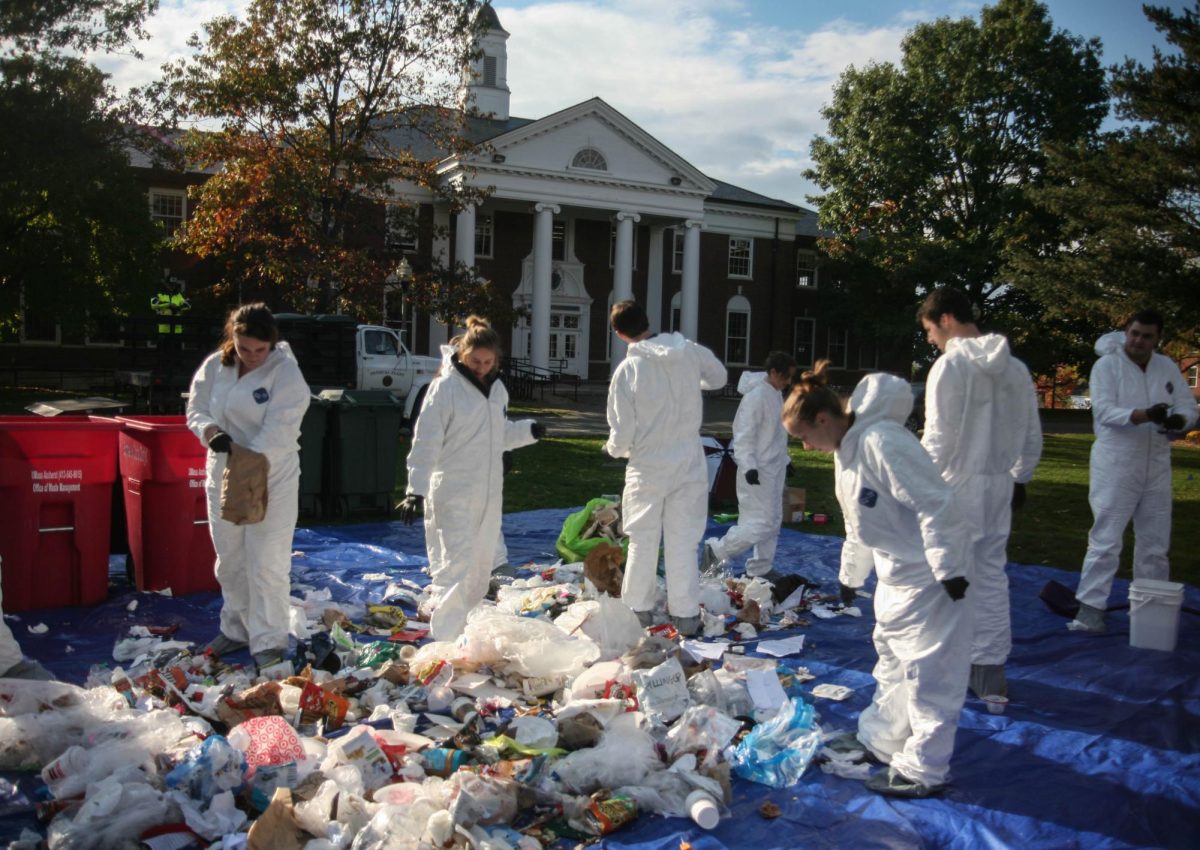
Students are constantly up against deadlines to pay their late tuition or be barred from registering for classes. Financial aid only stretches so far, and a lot of us are left looking for ways to make a few grand out of thin air. Some of us will take on private debts we’ll be leaving to our descendants; others will work three jobs and show up to classes too exhausted to learn. Many of our friends won’t be joining us next fall.
The price of your participation in our UMass community is about to go up yet again. An email recently sent to all UMass students from UMass Information Technology Communications Manager Iris Chelaru read, “Based on feedback from students about their growing needs, a student technology fee is being considered to help defray the costs for faster, improved networking. The potential new fee, which equates to about $30 a month, is comparable to the cost of commercial Internet packages for home use.”
I can’t imagine which students they were speaking to. They definitely didn’t ask me. And $30 a month shakes out to be $250 per academic year.
A fee of $30 per month may seem like a drop in the bucket, but it’s more like an inch of a swiftly rising tide: higher education fees have exploded over the last decades, with more than a trillion dollars owed by U.S. students alone. My parents tell me infuriating stories about earning their entire yearly tuition, books included, by spending a summer working part-time for minimum wage. We live in a very different world now. I’ve lost friends at school because they could not afford tuition, and I expect to lose more this coming semester.
It should go without saying that none of this needs to be happening. There is enough money to keep us all here without debt, to bring our friends back to school, to bring in people who couldn’t even start a college education for lack of funds. There is a reason we’ve recently seen a slew of articles announcing various European countries making their tuition entirely free. Our university has clearly oriented itself as a profit-making institution, looking first at its bottom line and second at helping us find a better quality of life than our parents had.
Nothing better illustrates that than the choices made by the administration about construction on campus. It should be apparent to anyone that the new buildings and renovations we’ve seen over the past few years have been primarily about making the school look good on paper. There are the gorgeous new dorms for the honors college kids, which are even further out of reach than the rest of the housing on campus, millions spent turning Blue Wall into what looks like an ugly nightclub and “innovative” new learning centers with temperamental technology. All of this will look good on brochures sent to well-off students in the far-flung corners of the country, but it doesn’t mean a damn to the broke locals who should be able to look to this university as a public resource.
You may be wondering where all of this money should be coming from. Student activists pile onto buses every lobby day to beg our elected representatives for better funding, but the problem goes deeper than that. Even if our budget is being decreased, it’s absurd to imagine the administration scouring every corner of the budget and finding no better pool of money to dip into than the pockets of the undergraduate population.
The missing piece of this puzzle is the salaries of the administration themselves. According to the database of salaries for state employees, President Robert Caret makes $558,712 every year. Chancellor Kumble Subbaswamy makes $432,614. Mark Whipple, the head coach of the football team, makes $379,808. Derek Kellogg, the highest paid employee in the commonwealth of Massachusetts, makes $1,167,130.
Unsurprisingly, the people levying the fees are lining their pockets with the proceeds.
Mason Weiser is a Collegian contributor can be reached at [email protected].



















Rob • Aug 21, 2015 at 12:52 pm
If all of the high salary people you mention worked for free, you’d only save about $100 a year per student. And where the president is responsible for more than UMass Amherst, it would be less than that. A job with comparable responsibilities in the Private sector would pay much more.